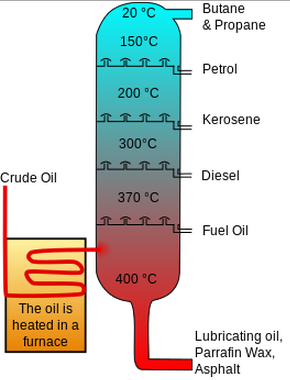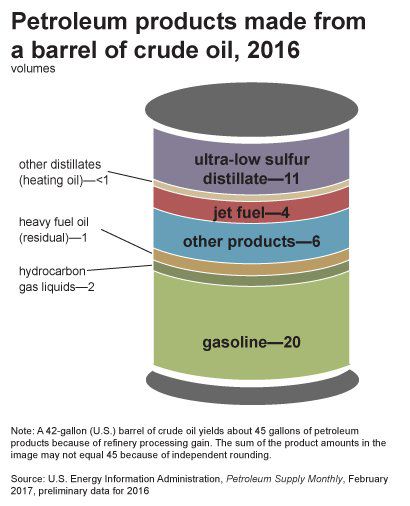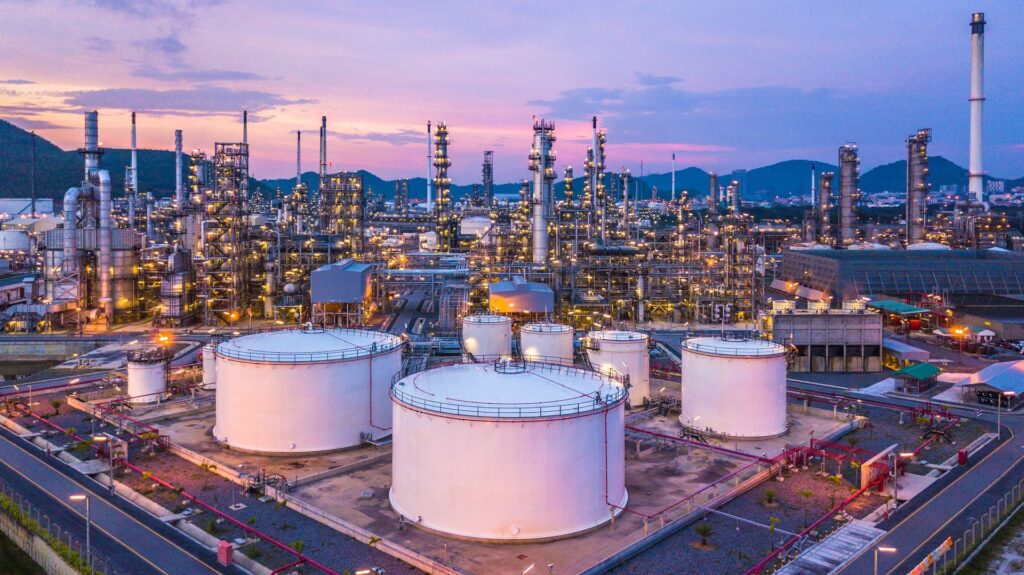The dual theme of my A to Z Challenge this year is the world of Commodities and Poetry Forms so the juxtaposition of these two themes may throw up some strange poems – could be a Heroic Ode to Heating Oil or will it merit a Haiku or a Haibun – whichever, I will be endeavouring to bring you interesting facts about commodities that may change the way you think about the stuff we variously depend on…
By commodity I mean certain items that are of both sufficient value/volume to be traded in special markets and are generally volatile enough to attract traders in “Futures” which are a way of hedging bets in the trading world of stocks, shares and commodities.
The A to Z Challenge runs throughout April and will consist of 26 posts – there are only a couple of letters for which I couldn’t find commodities but plenty of poetry forms to carry the day!
25% of the yield of a barrel of Crude Oil is Heating Oil and the Crude Oil Market reached a value of US $ 1424.38 Bn. in 2022 so $356.09
I mentioned Bitumen amongst nearly-rans for “B” commodities and we just covered Gasoline and we now come to another derivative of Crude Oil – Heating Oil – all four of these substances can be traded as commodities and they all have their niche roles in trading portfolios – Heating Oil, for example, is a product subject to seasonal demand – alternating depending on which hemisphere you are in. Heating oil is actually kerosene or paraffin and these terms are often used interchangeably but I will be returning to Kerosene under K and in any case, Heating Oil is traded as a distinct “futures” product. But what I want to talk about today, is the process by which the three derivatives are extracted, simultaneously, from crude oil – Fractional Distillation.
Some of you may remember this from school days though I am not sure whether it would have been taught in Geography or Chemistry classes – but the diagram below is one of those “once learned never forgotten” things – a piece of magic at the heart of the 20th Century industrial age. Elegantly simple in principle, probably a fiendishly tricky piece of engineering in practice, a Fractional Distillation Tower is what you see in oil refineries and crude oil, once heated to the point of becoming a vapour, enters the tower at the bottom and as the various components rise and cool at different points in the tower, they condense and are drawn off separately. The most volatile reach the top of the tower – Butane and Propane whilst the heaviest and thickest remain at the bottom of the tower – such as Bitumen or Asphalt.

Although this particular diagram doesn’t show it and most of the items appear to be fuels, there are also substances like Naptha which go on to be used in other industrial processes – Naptha is a very volatile solvent. Other industries also use hydro-carbons to make plastics with the addition of certain other chemicals and all of these things, fuels, solvents and plastics can be seen to be releasing stored “fossil” carbon into the Earth’s atmosphere causing global warming or in the case of plastics contributing a material which will not breakdown easily in the environment and which is slowly poisoning the food chain…
There is no choice about what components come out of a fractional distillation tower except in as much as different sources of crude oil do contain slightly different proportions of hydrocarbon fractions. It makes one think what might happen if we ever do get near the “bottom of the oil barrel” – we might have weaned ourselves off petrol and diesel vehicles but we might still need some plastics or we might still need bitumen for building roads for electric cars and yet whenever you distil crude oil – you get a whole selection of products, whether you want or need them all, or not…

A Haiku
And so to the poem which today is a Haiku. And yes, in my Theme Reveal, I promised a Heroic Ode and that would be a difficult one to write about Heating Oil although some might consider a Haiku about Heating Oil equally challenging – however the Haiku is an extremely popular poetry form these days having spread far beyond its native Japan and Heroic Odes are decidedly out of fashion, so I decided to meet the challenge of writing about Heating Oil with a Haiku…
Infamously, the Punk poet John Cooper Clarke wrote:-
To write a poem
in seventeen syllables
is very diffic…
But the haiku demands more than seventeen syllables, the syllables need to be distributed 5-7-5 and the theme of a Haiku should be related to nature and also “focus on a brief moment in time; a use of provocative, colourful images; an ability to be read in one breath; and a sense of sudden enlightenment.” You may say, with some justification that Heating Oil is not a very promising subject for such a philosophical, traditional, and compact form – but I have done my best…
Heating Oil – A Haiku
Autumn advances
We dip the heating oil tank
Dark smell of Winter
© Andrew Wilson, 2024

